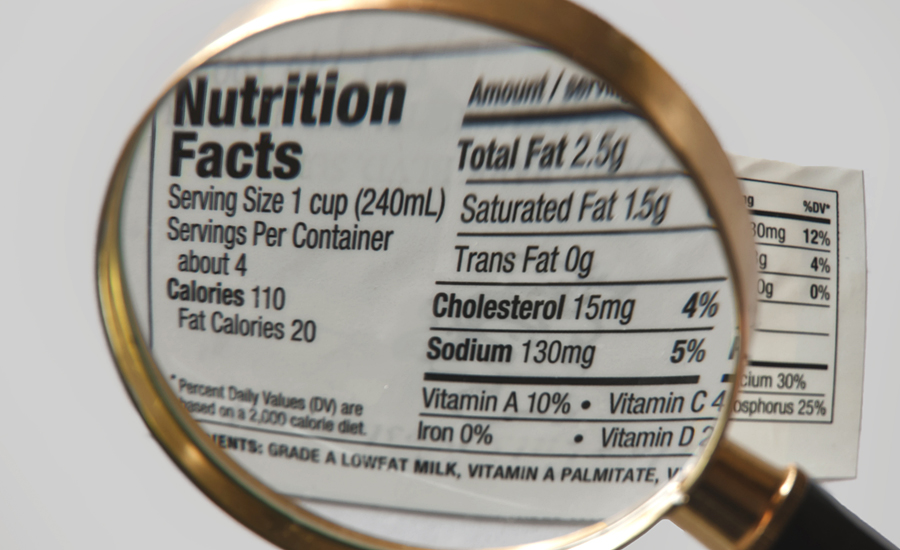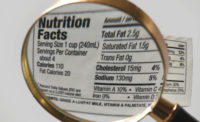Poll on product date labels shows consumer confusion
The poll findings illustrate that the current range of variations of date labels such as “best by,” “use by,” “sell by,” and “use or freeze by” is problematic for consumers to decipher what each of these different labels mean.

A new poll shows that nearly 60% of Americans have had a discussion within their household about the meaning of date labels on their food.
The poll, conducted for the Grocery Manufacturers Association (GMA), Washington, D.C., and Food Policy Action Network by Lake Research Partners, Washington, D.C., surveyed over 1,000 adult Americans of all ages and political leanings. The poll findings illustrate that the current range of variations of date labels such as “best by,” “use by,” “sell by,” and “use or freeze by” is problematic for consumers to decipher what each of these different labels mean for product safety and whether a food is still safe to eat or not. In fact, the survey found that 40% of adults say they have had disagreements within their household over whether a food product should be kept or thrown away.
“Clarity on product date labeling will reduce confusion, cut food waste and enable households to spend their time arguing about something other than what a date label means, like sports, politics or what channel to watch on TV,” says Meghan Stasz, GMA’s senior director of sustainability.
In February, GMA and the Food Marketing Institute, Arlington, Va., joined together to streamline and standardize the wording accompanying the date labels on packages to offer greater clarity regarding the quality and safety of products.
The new voluntary initiative streamlines the myriad date labels on consumer products packaging down to just two standard phrases. “BEST If Used By” describes product quality, indicating that the product may not taste or perform as expected, but is safe to use or consume. “USE By” applies to the few products that are highly perishable and/or have a food safety concern over time; these products should be consumed by the date listed on the package and disposed of after that date.
Other poll findings include:
- Older Americans are slightly more likely to keep food longer, while younger Americans are more likely to throw food away earlier based on the date label.
- Both Democrats and Republicans stated that they are the ones in the household interested in keeping food longer (56% vs 59%, respectively).
- More men say they are the ones in the household arguing to keep food longer; 64% of men make this claim vs 56% of women.
Looking for a reprint of this article?
From high-res PDFs to custom plaques, order your copy today!





